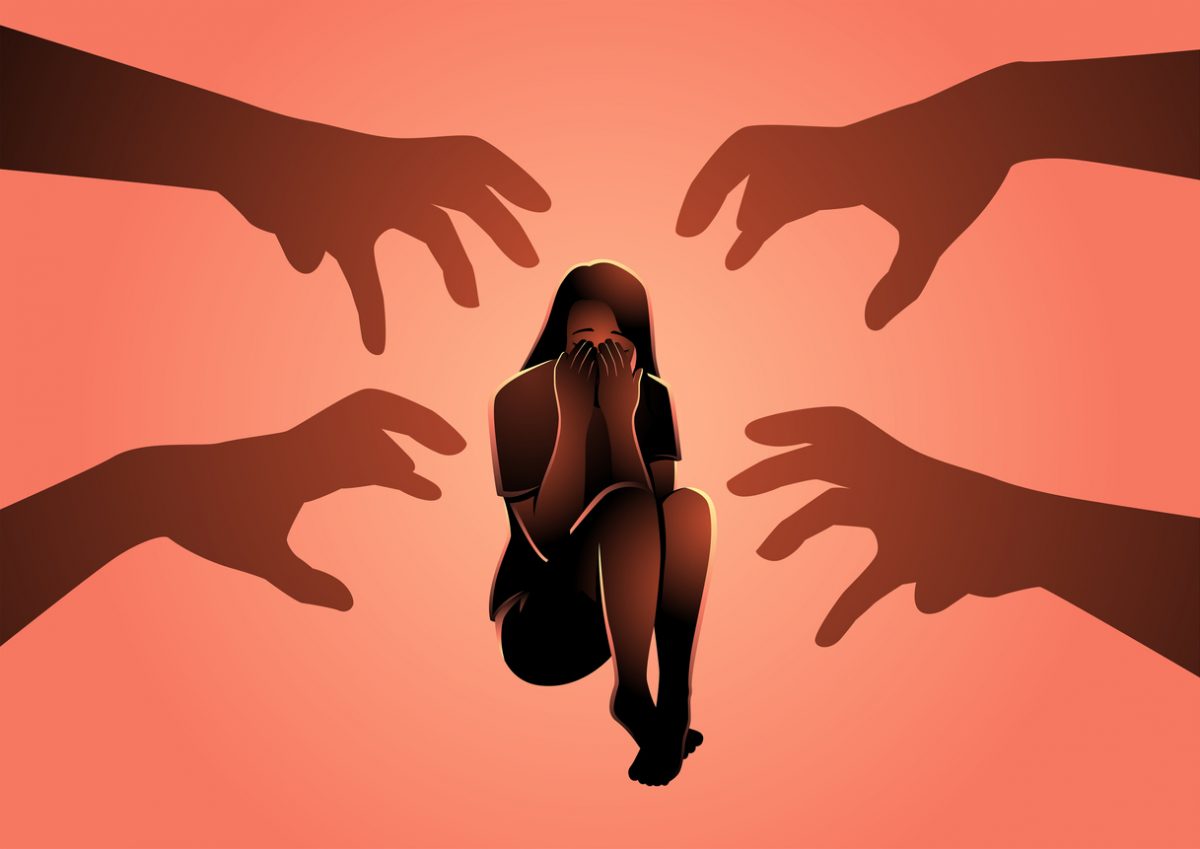Objective: Indolent low-grade temporal lobe tumors may present with ictal panic that may be difficult to differentiate from psychogenic panic attacks. The current study aims to demonstrate the differences between the two disorders and help physicians generate a diagnostic paradigm.
Method: This was a retrospective study of 43 patients who underwent a temporal lobectomy between 1981 and 2008 for the treatment of intractable temporal lobe epilepsy secondary to low-grade neoplasms at Rush University Medical Center. A total of 10 patients in this group presented with ictal panic who were previously being treated for psychogenic panic attacks. Medical records were reviewed for age at seizure onset, duration of symptoms, lateralization of the epileptogenic zone, pathological diagnosis, and postsurgical seizure outcome according to the modified Engel classification.
Results: Neuropathologic findings of the 10 tumors were pleomorphic xanthoastrocytoma, ganglioglioma, oligodendroglioma, and dysembryoplastic neuroepithelial. The mean age of the patients undergoing surgery was 28 years (range, 15-49). The mean duration of panic symptoms prior to surgery was 9.8 years (range, 3-23). All patients had unprovoked ictal panic. None had symptoms suggestive of a brain tumor, such as signs of increased intracranial pressure or any focal neurologic deficit. In 5 of the patients, other symptoms associated with the ictal panic, including unusual sounds, nausea, automatism, uprising gastric sensation, and dשj× vu were identified. Gross total resection of the lesion resulted in improved seizure outcome in all patients undergoing surgery. Patient follow-up was, on average, 7.4 years (range, 2-14) from time of surgery.
Conclusions: Although similar, ictal panic from epilepsy and classic panic attacks are clinically distinguishable entities with different modalities of treatment. A careful history may help differentiate patients with ictal panic from those with psychogenic panic attacks and determine for which patients to obtain neuroimaging studies.
J Clin Psychiatry 2013;74(11):1071-1075
© Copyright 2013 Physicians Postgraduate Press, Inc.
Submitted: January 17, 2013; accepted March 11, 2013 (doi:10.4088/JCP.13m08378).
Corresponding author: Ali J. Ghods, MD, Department of Neurosurgery, Rush University Medical Center, 1653 West Congress Pkwy, Chicago, IL 60612-3244 ([email protected]).
Continue Reading...
Members enjoy unlimited free PDF downloads as part of their subscription! Subscribe today for instant access to this article and our entire library in your preferred format. Alternatively, you can purchase the PDF of this article individually.
Please sign in or purchase this PDF for $40.00.
Save
Cite
Already a member? Login


